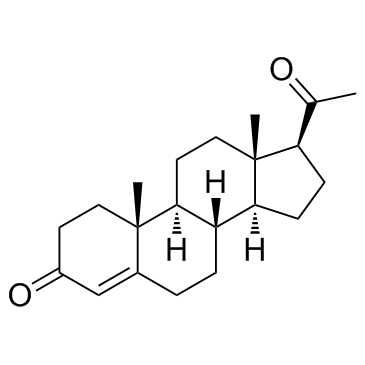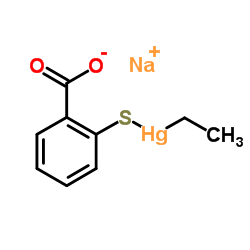| 结构式 | 名称/CAS号 | 全部文献 |
|---|---|---|
 |
蔗糖
CAS:57-50-1 |
|
 |
乙醇
CAS:64-17-5 |
|
 |
二甲基亚砜
CAS:67-68-5 |
|
 |
硒
CAS:7782-49-2 |
|
 |
1,4-丁二胺
CAS:110-60-1 |
|
 |
恩替诺特
CAS:209783-80-2 |
|
 |
孕酮; 黄体素; 黄体酮
CAS:57-83-0 |
|
![6-[4-(2-哌啶-1-基乙氧基)苯基]-3-吡啶-4-基吡唑并[1,5-A]嘧啶 结构式](https://image.chemsrc.com/caspic/344/866405-64-3.png) |
6-[4-(2-哌啶-1-基乙氧基)苯基]-3-吡啶-4-基吡唑并[1,5-A]嘧啶
CAS:866405-64-3 |
|
 |
硫柳汞钠
CAS:54-64-8 |
|
 |
曲古柳菌素A
CAS:58880-19-6 |